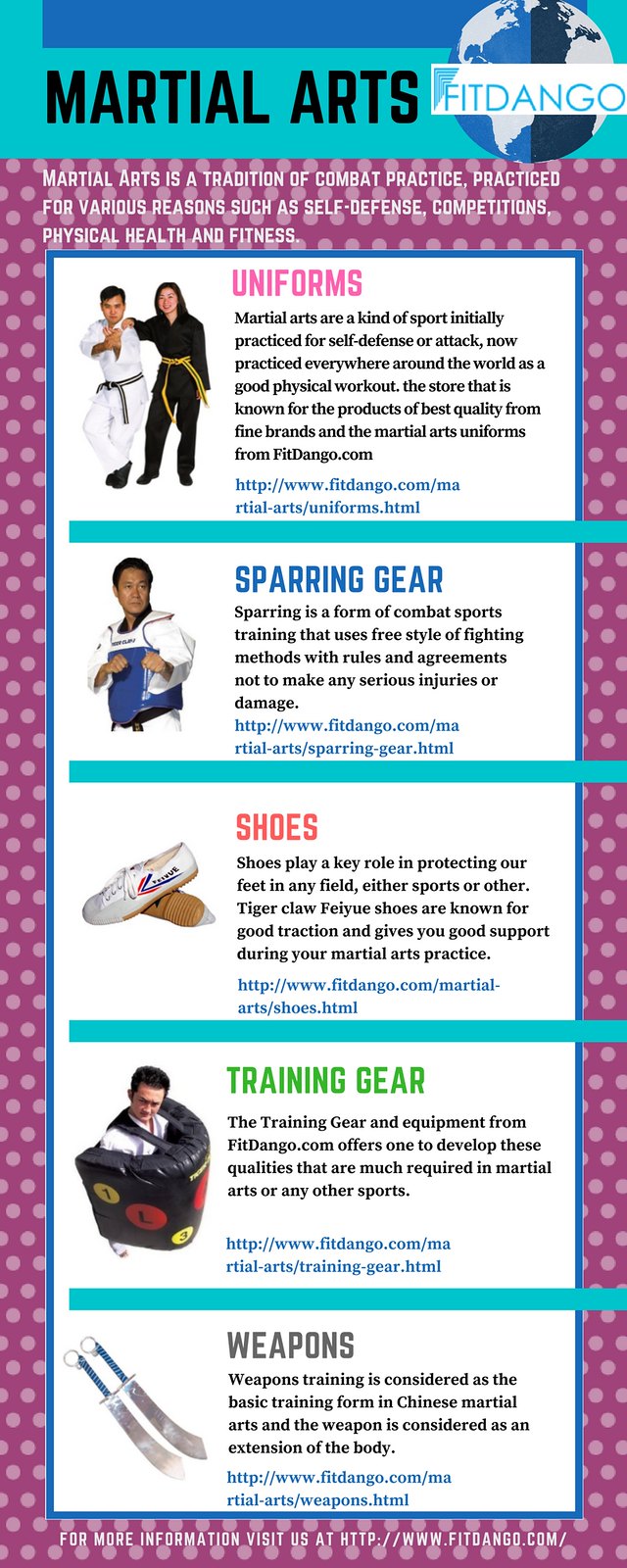The Advancement And Historical Context Of Martial Arts Worldwide
The Advancement And Historical Context Of Martial Arts Worldwide
Blog Article
look at more info -Egeberg Silverman
Martial arts have a remarkable background that spans centuries and continents. You might locate it intriguing how old techniques like Shuai Jiao and Kalaripayattu laid the groundwork for contemporary battle methods. These techniques not only highlight physical skills yet also reflect the cultures that birthed them. As you explore their evolution, think about how globalization has changed these traditional kinds into crossbreed styles. What influences do you believe have shaped today's martial arts landscape?
Ancient Martial arts: The Structures of Combat
As you delve into the globe of ancient martial arts, you'll uncover the rich foundations that formed combat strategies across cultures. Early techniques focused on Self-Defense and survival, usually integrating strikes, hurting, and weaponry.
In ancient China, for instance, techniques like Shuai Jiao emphasized throws and joint locks, while India's Kalaripayattu showcased agility and fluid activity. Japanese samurai established Kenjutsu, a refined swordsmanship that highlighted self-control and technique.
These martial arts served not just for fight yet likewise as a way of personal growth, instilling worths like respect and determination. The mixing of these strategies over time laid the groundwork for the diverse martial arts you see today, each showing the special philosophies and needs of its culture.
The Social Impact on Martial Arts Growth
While martial arts often mirror the useful requirements of a culture, they likewise personify the social values and ideas of their beginnings. When you check out various martial arts, you'll discover just how they're affected by faith, ideology, and social standards.
For instance, the focus on regard and discipline in Japanese martial arts comes from Zen Buddhism and samurai culture. On the other hand, Brazilian Jiu-Jitsu advertises versatility and method, formed by the requirement for effectiveness in a varied, multicultural setting.
You could locate that the rituals, uniforms, and training approaches mirror an area's history and identity. By recognizing these social influences, you grow your gratitude of martial arts and their duty fit human experiences across the globe.
Modern Adaptations and the Globalization of Martial arts
Martial arts have actually changed substantially in current years, adjusting to modern society and global influences. You'll notice that typical types have mixed with modern strategies, developing hybrid styles like mixed martial arts. These adaptations satisfy diverse audiences, making martial arts accessible and enticing worldwide.
With the rise of social media and electronic systems, you can find tutorials and competitors from all edges of the world, damaging geographical barriers. This globalization has resulted in a shared recognition for different self-controls, from Brazilian Jiu-Jitsu to Taekwondo.
As you engage with these arts, you'll recognize they're not practically fight; they promote physical fitness, discipline, and mental wellness.
Eventually, modern adaptations have enhanced the martial arts landscape, making it a dynamic and evolving technique.
Final thought
In checking out the history and advancement of martial arts, you reveal an interesting blend of techniques, cultures, and approaches. From ancient self-controls like Shuai Jiao and Kalaripayattu to the modern versatility seen in MMA, martial arts show mankind's pursuit for Self-Defense and personal development. As you engage with these methods, you not only gain skills yet also a much deeper appreciation for the varied traditions that form our world today. So, proceed your trip and welcome the art of battle!
